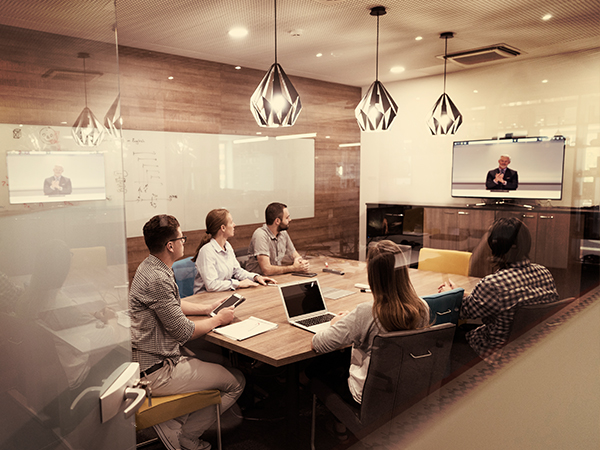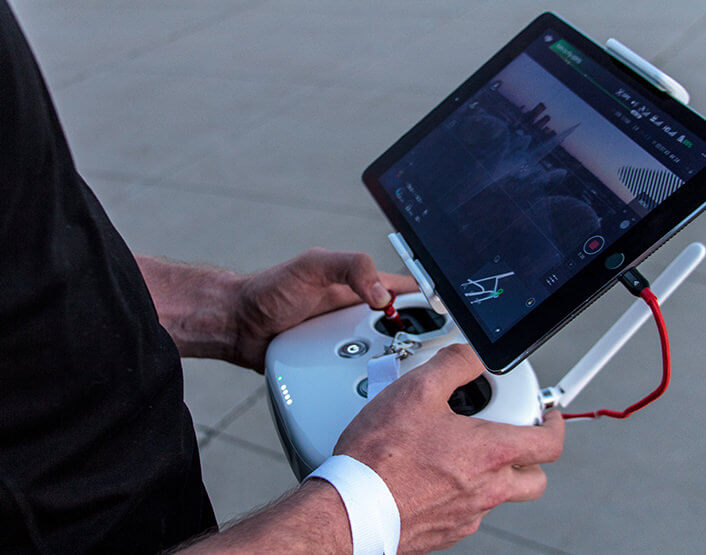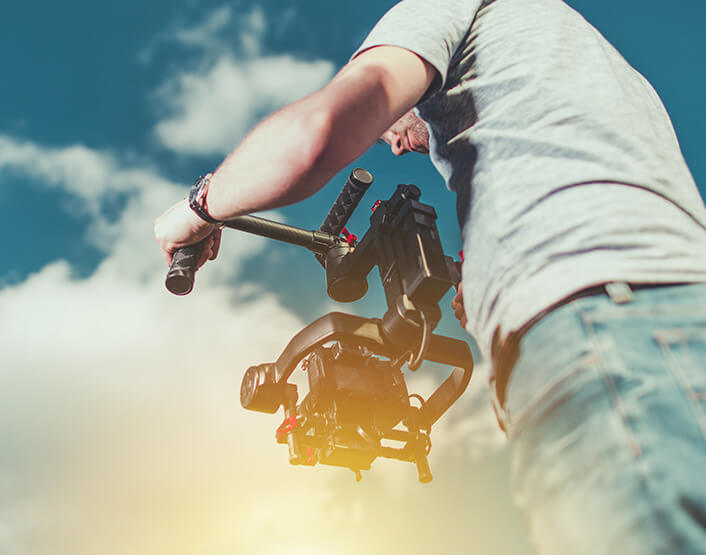Taking photos from above is more than just having the proper equipment or the aerial photography skills. It is also about preparing for the shoot by making sure that every logistical nightmare is taken care of.
Before heading to the shoot, it’s nice to know that the only thing the photographer needs to worry about is what kind of images can he capture from up there. Everything—from the licenses to the permits to the equipment—should be ready before the session begins.
Do not shoot through glass
Shooting through glass is a big no-no in the photo industry unless you are toying with the idea of the glass effect.
If you want a high-quality image to emerge from your shoot, always take the photos directly with no hindrance between the lens and the subject. You did not come all the way up just to be hindered by an aircraft windows.
Ask the helicopter pilot to remove the glass (yes, that’s possible) so you can see the subject clearly. Do not use lens hood also because the wind will get caught from the side of the hood, making it impossible to get a steady shot.
Have several DSRLs for all your lenses
Instead of having to change lenses every time you want another shot or foregoing the idea of a new angle because it’s such a work to change the camera lens, why don’t you invest in several DSRLs of the same model and variant?
Then, all you have to do is pick up the camera with the right lens. There would be no need to fidget with the settings or the mechanics. Not only does it save time and effort, but this method also makes sure you won’t lose an angle that you have already captured.
Of course, this also lessens the risk of dropping the lenses and permanently damaging them. By simply switching to a new camera, there’s no need for you to remove or re-attach the lenses.
Establish a clear communication with the pilot
Before you take flight, remember to check if the mic and headphones in the helicopter are working correctly. This will be the primary way of communicating with the pilot. Before leaving, you may also want to brief the pilot about the different shots and angles you are planning to take.
This will save time having to explain what you need to be done when you’re in the air. This will also eliminate the possibility of miscommunication since every instruction would have to be sent over the radio system.





